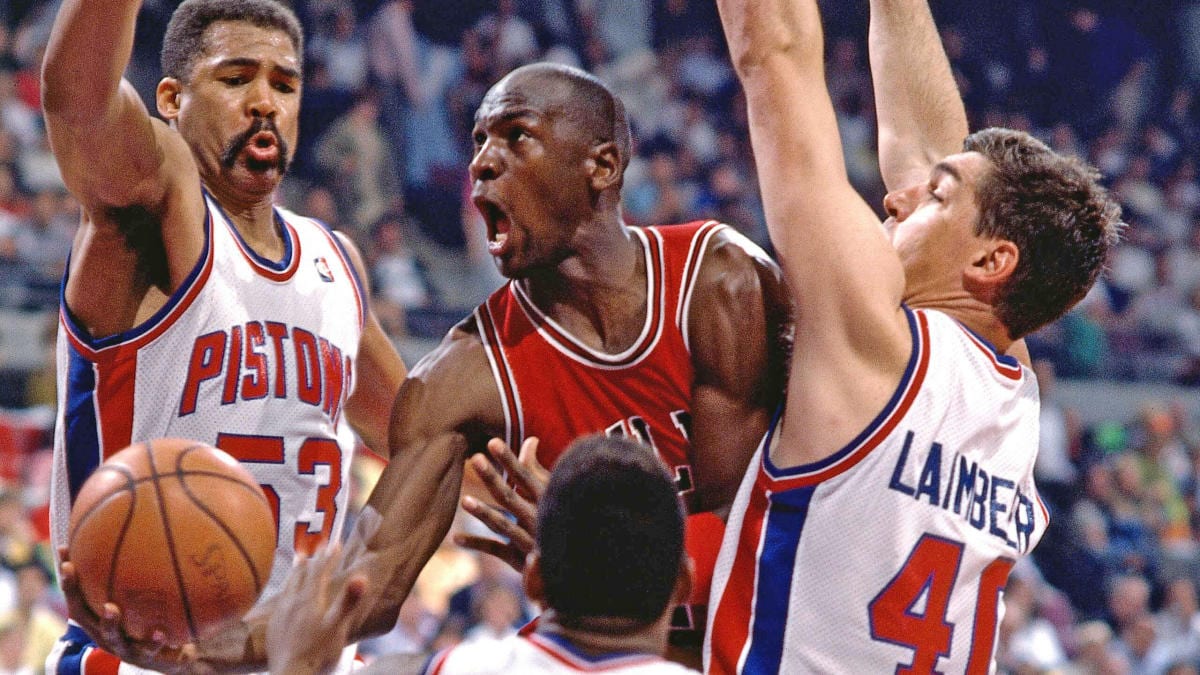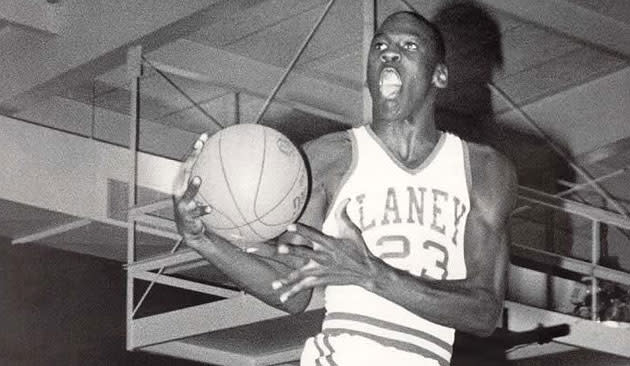Top 10 Takeaways from Michael Jordan & ESPN’s “The Last Dance” for Youth Basketball Players, Coaches, and Parents
Everyone remembers the shot.
Game 6 of the 1998 NBA Finals. Clock winding down. Michael Jordan rises. Swish. Sixth title. Perfect ending.
But ESPN’s The Last Dance is about far more than that one moment. It’s a 10-part deep dive into one of the greatest basketball legacies of all time—chronicling MJ’s evolution from a hungry college prospect to a global icon and ultimate champion.
And while the documentary is fascinating for basketball fans of any age, it holds specific value for the youth basketball community. Players, coaches, and parents can all draw inspiration—and actionable lessons—from Jordan’s journey.
At Pro Skills Basketball, we believe in using stories like this to teach the values of hard work, leadership, and development. So here are 10 big takeaways from The Last Dance that every young player, parent, and coach should understand.
1. Players: Trust Your Teammates to Win Championships
Early on, Jordan was the centerpiece of the Chicago Bulls offense. Under Coach Doug Collins, the team relied heavily on isolation plays for MJ. And while he was putting up historic numbers, the team couldn’t break through.
It wasn’t until Jordan embraced Phil Jackson’s triangle offense—a system built around ball movement and shared responsibility—that the Bulls started winning big.
Jordan’s iconic passes to John Paxson in 1993 and Steve Kerr in 1997 are perfect examples. He drew the defense and trusted his teammates to knock down the shots—and they delivered.
🧠 Takeaway: Even if you’re the most talented player, trust your teammates. It builds chemistry, confidence, and ultimately wins games.
2. Players: Listen to Coaches and Be Open to Change
Jordan initially resisted the triangle offense. It wasn’t flashy. It required giving up the ball. But once he committed to the system, it unlocked the Bulls’ true potential.
It’s easy for young players to resist new ideas—whether it’s a different position, a challenging drill, or a new offensive concept. But embracing change can unlock your next level.
🎯 Want to try something new?
Check out our free basketball drills for youth players to challenge yourself in fresh ways.
📹 Or try our MJ 1998 Finals Shot Workout to master his legendary cross-back jumper.
3. Players: Don’t Be a One-Sport Athlete—Find Other Outlets
Jordan loved basketball. But he also loved golf, baseball, and time with teammates off the court.
In The Last Dance, we see how he used golf to escape the intense spotlight of the NBA. He even took a break from basketball in 1993 to play pro baseball—something many wouldn’t dare try.
This break not only refreshed his mind but also reinforced his love for the game.
💡 Lesson: Playing other sports or taking mental breaks isn’t a distraction—it’s a long-term performance enhancer. You’re an athlete, not just a basketball player.
4. Players: Turn Weaknesses Into Strengths
Coming into the NBA, Jordan’s jump shot was a known weakness. Instead of avoiding it, he worked tirelessly to improve it. Over time, he became a master of the mid-range game.
That mindset—relentlessly attacking your weaknesses—made Jordan unstoppable.
🔁 Want to follow that example?
Explore our Ultimate Shooting Guide, where we break down how to build consistency, range, and form from the ground up.
5. Players: Be a Leader Who Walks the Talk
Jordan pushed his teammates hard. Sometimes too hard. But he also led by example.
In Episode 7 of The Last Dance, MJ tears up saying, “I never asked anyone to do something I didn’t do.”
Leadership isn’t just talking—it’s showing up early, working the hardest, and staying the latest. Every team needs a player who raises the standard for everyone else.
👟 Challenge: Be the example, not the exception.
6. Coaches: Know Your Players and Build Around Them
Phil Jackson understood that coaching isn’t just about Xs and Os—it’s about people.
When Jordan left to play baseball, Jackson didn’t panic. He adapted. He knew the strengths of guys like Scottie Pippen, Toni Kukoc, and Horace Grant—and he built a more team-oriented system to fit them.
🏀 As a youth basketball coach, your job isn’t to fit players into a rigid system. It’s to adjust your system to make the most of the players you have.
Need help designing age-appropriate, skill-based development programs? Check out our PSB Basketball Academy model to see how we do it.
7. Parents: Encourage an Open Mindset for Growth
One of the most pivotal moments in sneaker history almost didn’t happen. Jordan didn’t want to sign with Nike—he wanted Adidas. It was his mother, Deloris Jordan, who insisted he at least take the meeting.
The rest is sneaker history.
Parents, your influence matters. Push your children to be open to new ideas, new opportunities, and new formats—like online training, virtual workouts, and non-traditional paths.
🌍 Especially now, when basketball looks different post-COVID, flexibility can lead to unexpected success.
8. Players: Never Let Fear of a Strong Opponent Stop You
The Detroit Pistons bullied Jordan for years. They beat up the Bulls both mentally and physically with their “Jordan Rules” defense.
Instead of quitting, Jordan hit the gym, added strength, and came back more focused. The Bulls finally overcame the Pistons in 1991—and never looked back.
💪 You might face older, stronger, or more skilled players. That’s not a dead end—it’s your blueprint for improvement.
9. Players: Understand and Embrace Your Role
Championship teams aren’t filled with five superstars—they’re filled with five players who buy into their roles.
Jordan was the go-to guy. Pippen was the do-it-all co-star. Rodman was the rebounder and defender. Kerr hit timely shots. Every player did their job—and did it well.
🚨 Key Reminder: Embracing your role shows maturity and leadership. Whether you’re starting or coming off the bench, your contribution matters.
10. Parents: Motivation Must Come From Within
Jordan’s drive wasn’t forced. His parents supported him but didn’t overstep. After being cut from varsity as a sophomore, Jordan found his why—and used it to fuel a legendary career.
Parents, your role is to support, not push. Help your child discover their own love for the game.
🔥 True greatness doesn’t come from pressure. It comes from passion.
Final Thoughts: What “The Last Dance” Teaches the Youth Basketball Community
Michael Jordan wasn’t perfect. But his work ethic, mindset, and competitive fire were unmatched—and The Last Dance gives us a window into what made him great.
As a youth basketball player, coach, or parent, these lessons apply directly to your journey:
-
Trust your teammates.
-
Embrace coaching.
-
Take mental breaks.
-
Attack your weaknesses.
-
Lead by example.
-
Know your players.
-
Stay open-minded.
-
Use challenges as fuel.
-
Play your role.
-
Find your own motivation.
These principles are the building blocks of both personal development and championship-level basketball.
View this post on Instagram
Ready to take the next step in your child’s basketball journey?
Pro Skills Basketball offers Club Teams, Camps, Clinics, and Academies in 25+ cities across the U.S.
👉 Find your city and sign up today to join a program focused on real development, experienced coaches, and a culture that puts players first.
📩 Contact us at admin@proskillsbasketball.com
📞 Call us at 866-996-3888
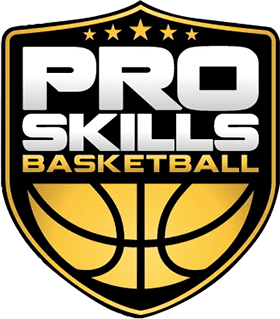
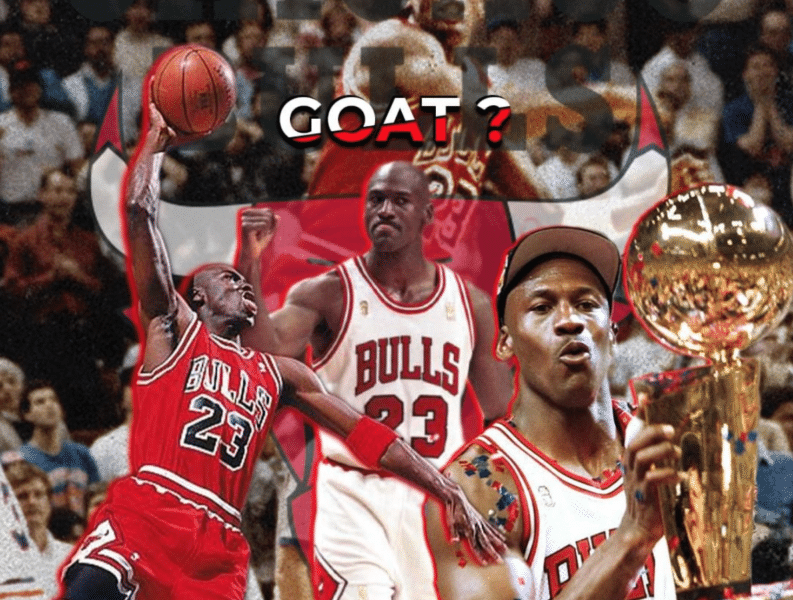
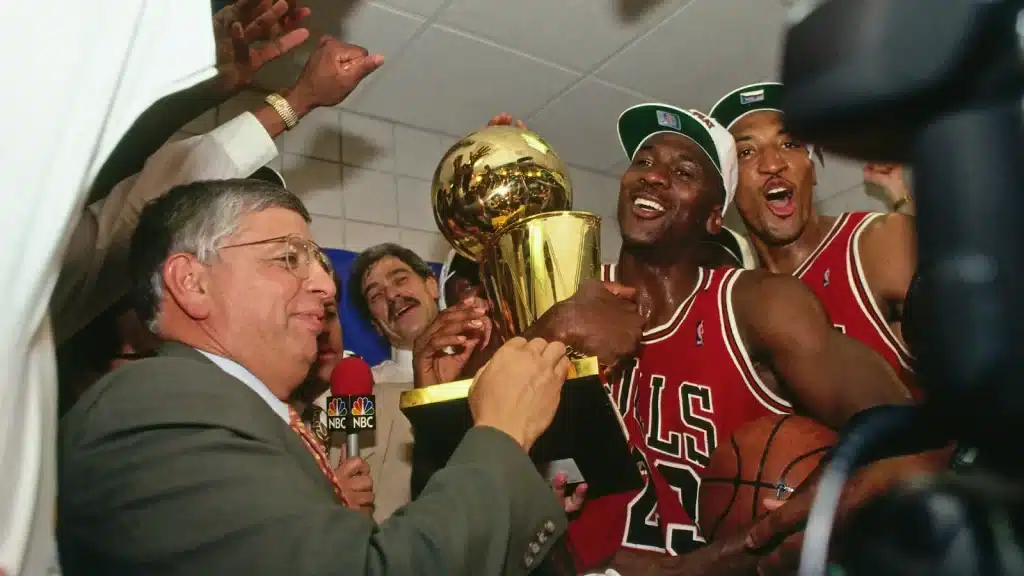
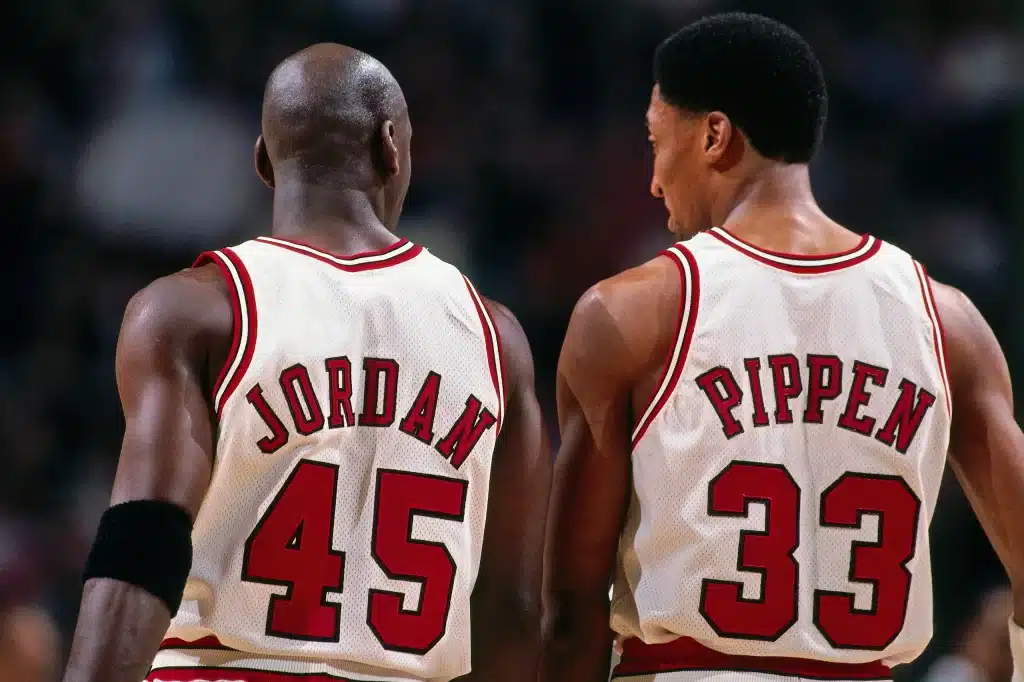
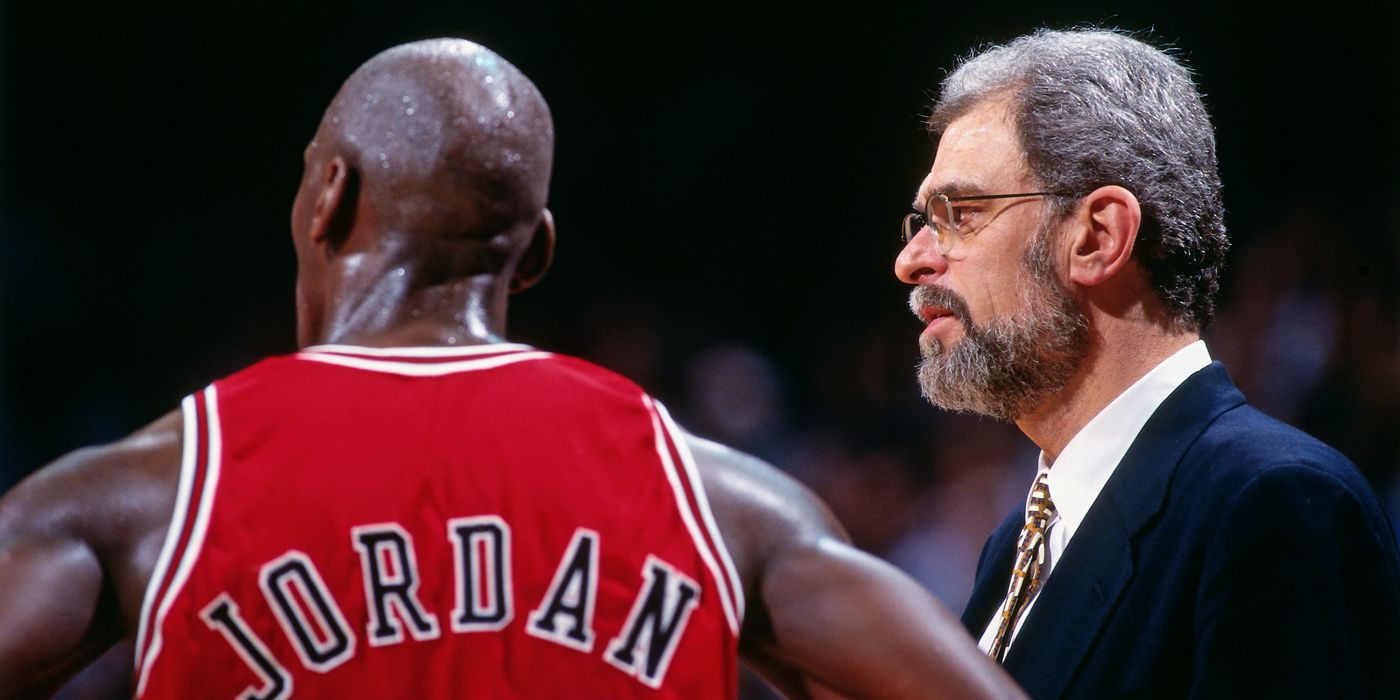




:max_bytes(150000):strip_icc():focal(999x0:1001x2)/michael-jordan-deloris-jordan-181e0dccec4143969af2225f6b5659b2.jpg)
